Code
HCS23682
Weight
5.438 Kg / 11.99 lbs
Size
Height
43cm (17") Width
15cm (6") Depth
23cm (9") Material
Copper
Availability
Available
Date Added
2021-03-25 03:10:09
Note : We used to sell this product 4 years ago so it may no longer be in our stock.
It is possible that we still have it with our suppliers but the price could be different from before.
Feel free to order. We will verify availability and inform you promptly.
It is possible that we still have it with our suppliers but the price could be different from before.
Feel free to order. We will verify availability and inform you promptly.

Safe Payment
We accept Paypal, Money Transfer, Bank Transfer
Confidence
Protection covers your purchase and personal data.
Worldwide Delivery
We ship Worldwide, except Russia.Shipping cost US$25.2 for upto 0.5 kgs

Hotline
Talk to help line for your question on 9841267335Gold Painted Face
The face of Buddhist Statue Of Dipankara Buddha, [partly Gold Plated], [painted Face] is painted with gold to enhance its significant features, particularly the eyes, and lips. This detailed painting is essential as it brings forth the crucial attributes of the expression of eyes and lips that metal carving alone cannot capture.
Moreover, the painted face serves as a symbolic and sacred ritual in Buddhism, preparing the statue for consecration and practice. The act of painting the face with gold in Buddhism holds deep meaning. It represents the intention to bring life and expression to the statue, imbuing it with a sense of vitality and presence. The application of gold on the face showcases the devotion and craftsmanship of the artisans, ensuring that every detail is carefully attended to honor the sacred essence of the Buddhist Statue Of Dipankara Buddha, [partly Gold Plated], [painted Face]. Read More . . .
The face of Buddhist Statue Of Dipankara Buddha, [partly Gold Plated], [painted Face] is painted with gold to enhance its significant features, particularly the eyes, and lips. This detailed painting is essential as it brings forth the crucial attributes of the expression of eyes and lips that metal carving alone cannot capture.
Moreover, the painted face serves as a symbolic and sacred ritual in Buddhism, preparing the statue for consecration and practice. The act of painting the face with gold in Buddhism holds deep meaning. It represents the intention to bring life and expression to the statue, imbuing it with a sense of vitality and presence. The application of gold on the face showcases the devotion and craftsmanship of the artisans, ensuring that every detail is carefully attended to honor the sacred essence of the Buddhist Statue Of Dipankara Buddha, [partly Gold Plated], [painted Face]. Read More . . .
Partly Gold plating.
This Buddhist Statue Of Dipankara Buddha, [partly Gold Plated], [painted Face] has a Partly gold-plated finish. Partly fire gold gilding, a common practice in Nepali handicrafts. This technique is skillfully employed by artisans to create intricate designs on various metal objects, including statues, jewelry, and decorative items. Through a process, a mask or resist is applied to safeguard specific areas from the gold plating. The object is then subjected to high temperatures, allowing the gold to beautifully adhere to exposed surfaces using a combination of heat and pressure.
In the realm of Buddhist statues, this technique holds additional significance as it distinguishes the golden-plated body from the oxidized or maroon-painted clothing. This visual separation conveys the contrast between the divine purity of the body and the modest attire symbolizing the humble lifestyle of Buddhist monks. The partly fire gold gilding not only adds exquisite detail and elegance but also embodies the deep cultural and spiritual meaning associated with these treasured artifacts. Read More . . .
This Buddhist Statue Of Dipankara Buddha, [partly Gold Plated], [painted Face] has a Partly gold-plated finish. Partly fire gold gilding, a common practice in Nepali handicrafts. This technique is skillfully employed by artisans to create intricate designs on various metal objects, including statues, jewelry, and decorative items. Through a process, a mask or resist is applied to safeguard specific areas from the gold plating. The object is then subjected to high temperatures, allowing the gold to beautifully adhere to exposed surfaces using a combination of heat and pressure.
In the realm of Buddhist statues, this technique holds additional significance as it distinguishes the golden-plated body from the oxidized or maroon-painted clothing. This visual separation conveys the contrast between the divine purity of the body and the modest attire symbolizing the humble lifestyle of Buddhist monks. The partly fire gold gilding not only adds exquisite detail and elegance but also embodies the deep cultural and spiritual meaning associated with these treasured artifacts. Read More . . .
Lost-Wax System
This Buddha of Buddhist Statue Of Dipankara Buddha, [partly Gold Plated], [painted Face] is made by the process of the Lost Wax system. This is a very complicated, time consuming and historic process of making metal sculptures.Which is why it is sometimes called Precision Casting as well. Hence the sculptures made by this process are comparatively expensive. There are many new, advanced and less time consuming methods of casting metal sculptures available as well. But due to the benefits provided by the traditional lost wax system in quality control and customization, we prefer the Loss wax system over Ceramic molding, or sand casting to make our Buddha.
Below we have tried to illustrate the process of making a loss wax system statue: Read More . . .
This Buddha of Buddhist Statue Of Dipankara Buddha, [partly Gold Plated], [painted Face] is made by the process of the Lost Wax system. This is a very complicated, time consuming and historic process of making metal sculptures.Which is why it is sometimes called Precision Casting as well. Hence the sculptures made by this process are comparatively expensive. There are many new, advanced and less time consuming methods of casting metal sculptures available as well. But due to the benefits provided by the traditional lost wax system in quality control and customization, we prefer the Loss wax system over Ceramic molding, or sand casting to make our Buddha.
Below we have tried to illustrate the process of making a loss wax system statue: Read More . . .
Brief Introduction :
Dīpankara is one of the Buddhas of the past, said to have lived on Earth one hundred thousand years.
Theoretically, the number of Buddhas having existed is enormous and they are often collectively known under the name of "Thousand Buddhas". Each was responsible for a life cycle. According to some Buddhist traditions, Dīpankara (also Dīpamkara) was a Buddha who reached enlightenment eons prior to Gautama,
Generally, Buddhists believe that there has been a succession of many Buddhas in the distant past and that many more will appear in the future; Dīpankara, then, would be one of numerous previous Buddhas, while Gautama was the most recent, and Maitreya will be the next Buddha in the future.
Iconography :Theoretically, the number of Buddhas having existed is enormous and they are often collectively known under the name of "Thousand Buddhas". Each was responsible for a life cycle. According to some Buddhist traditions, Dīpankara (also Dīpamkara) was a Buddha who reached enlightenment eons prior to Gautama,
Generally, Buddhists believe that there has been a succession of many Buddhas in the distant past and that many more will appear in the future; Dīpankara, then, would be one of numerous previous Buddhas, while Gautama was the most recent, and Maitreya will be the next Buddha in the future.
Dīpankara is generally represented as a sitting Buddha, but his depictions as a standing Buddha are common in China, Thailand, and Nepal; with the right hand he generally forms a protection mudra (abhaya mudra), and often he forms it with both hands.
Dīpankara is rarely depicted alone; one of the Buddhas of Bamyan, destroyed by the Taliban government in Afghanistan in 2001, was said to portray Dīpankara. Statues of Dīpankara can also be found in the Longmen and Yungang Grottoes in China.
He is generally depicted with two Bodhisattvas, Manjushri and Vajrapani (common in Java) or Avalokiteshvara and Vajrapani (common in Sri Lanka); or with the Buddhas who come after him, Gautama and Maitreya.
Prediction :Dīpankara is rarely depicted alone; one of the Buddhas of Bamyan, destroyed by the Taliban government in Afghanistan in 2001, was said to portray Dīpankara. Statues of Dīpankara can also be found in the Longmen and Yungang Grottoes in China.
He is generally depicted with two Bodhisattvas, Manjushri and Vajrapani (common in Java) or Avalokiteshvara and Vajrapani (common in Sri Lanka); or with the Buddhas who come after him, Gautama and Maitreya.
One story shown in Buddhist art stupas has Gautama Buddha in a former incarnation known as Sumedha, a rich Brahmin turned hermit kneeling and laying his long black hair on the ground, in an act of piety that the Dīpankara Buddha could cross a puddle of mud without soiling his feet. This story between Dīpankara Buddha and Shakyamuni, occurred many lifetimes before Shakyamuni's eventual enlightenment. From this act, Dīpankara told Sumedha "In the ages of the future you will come to be a Buddha called 'Shakyamuni'", to which Sumedha replied, "I am to become a Buddha, awakened to enlightenment; may you tread with your feet on my hair - on my birth, old age, and death." Dīpankara Buddha then said, "Freed from human existence, you will become an effective teacher, for the sake of the world. Born among the Shakyas, as the epitome of the Triple World, the Lamp of all Beings, you will be known as Gautama. You will be the son of King Suddhodana and Queen Maya. Shariputta and Moggallana will be your chief disciples. Your caretaker will name as Ananda."
In the 40-plus years of his life after enlightenment, the Buddha Shakayamuni is said to have recounted almost 554 past life stories, (called Jataka tales) of his prior existences. Gautama Bodhisattva is quoted as saying a person starts the journey to become a Buddha filling 10 Paramita or "perfections". Some sources and scriptures recount that Shakayamuni Buddha was born in the time of Dīpankara Buddha, and was rich and gave away all his wealth to become a Monk. It is said that Gautama Bodhisattva received his first Niyatha Vivarana, (or definite foresighting by a Buddha) from Dīpankara Buddha. This encounter, among many other predictions of Shakyamuni Buddha's future enlightenment, can be found in a Mahayana text named the Sangatha Sutra
In the 40-plus years of his life after enlightenment, the Buddha Shakayamuni is said to have recounted almost 554 past life stories, (called Jataka tales) of his prior existences. Gautama Bodhisattva is quoted as saying a person starts the journey to become a Buddha filling 10 Paramita or "perfections". Some sources and scriptures recount that Shakayamuni Buddha was born in the time of Dīpankara Buddha, and was rich and gave away all his wealth to become a Monk. It is said that Gautama Bodhisattva received his first Niyatha Vivarana, (or definite foresighting by a Buddha) from Dīpankara Buddha. This encounter, among many other predictions of Shakyamuni Buddha's future enlightenment, can be found in a Mahayana text named the Sangatha Sutra
Mantra for Dipankara
Om Pra Mani Dani Svaha


![Buddhist Statue Of Dipankara Buddha, [partly Gold Plated], [painted Face]](https://handicraftseller.com/uploads/pics/product/thumb/2021/03/23682.jpg)
![Buddhist Statue Of Dipankara Buddha, [partly Gold Plated], [painted Face]](https://handicraftseller.com/uploads/pics/product/thumb/2021/03/23682_0.jpg)
![Buddhist Statue Of Dipankara Buddha, [partly Gold Plated], [painted Face]](https://handicraftseller.com/uploads/pics/product/thumb/2021/03/23682_1.jpg)
![Buddhist Statue Of Dipankara Buddha, [partly Gold Plated], [painted Face]](https://handicraftseller.com/uploads/pics/product/thumb/2021/03/23682_2.jpg)
![Buddhist Statue Of Dipankara Buddha, [partly Gold Plated], [painted Face]](https://handicraftseller.com/uploads/pics/product/thumb/2021/03/23682_3.jpg)


























































 Shakyamuni Buddha, Buddhist Handmade Statue,
Shakyamuni Buddha, Buddhist Handmade Statue,  Shakyamuni Buddha, Buddhist Handmade Statue,
Shakyamuni Buddha, Buddhist Handmade Statue,  Old Post,
Old Post,  Old Post,
Old Post,  of Shakyamuni Buddha,
of Shakyamuni Buddha, 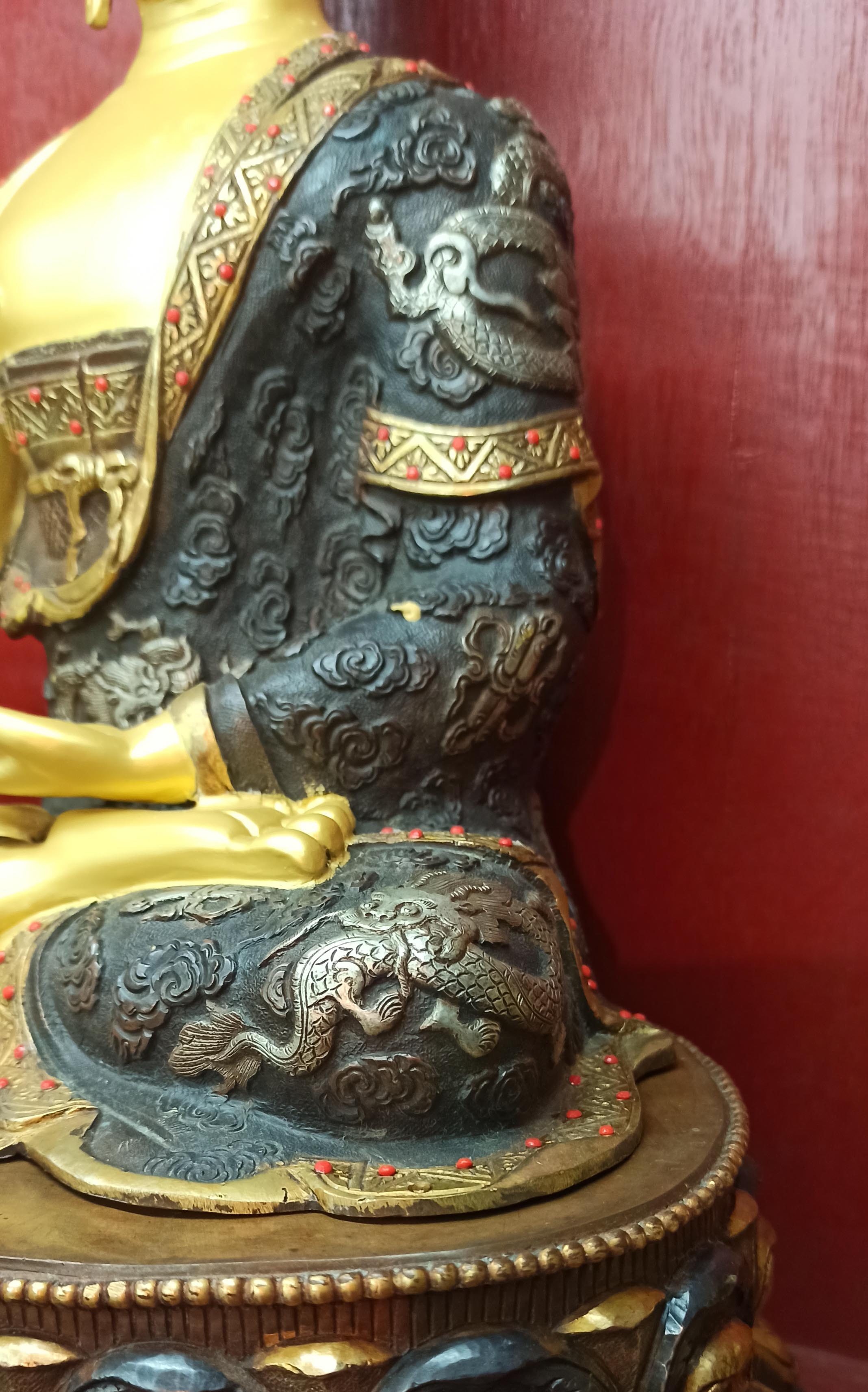 of Shakyamuni Buddha,
of Shakyamuni Buddha, 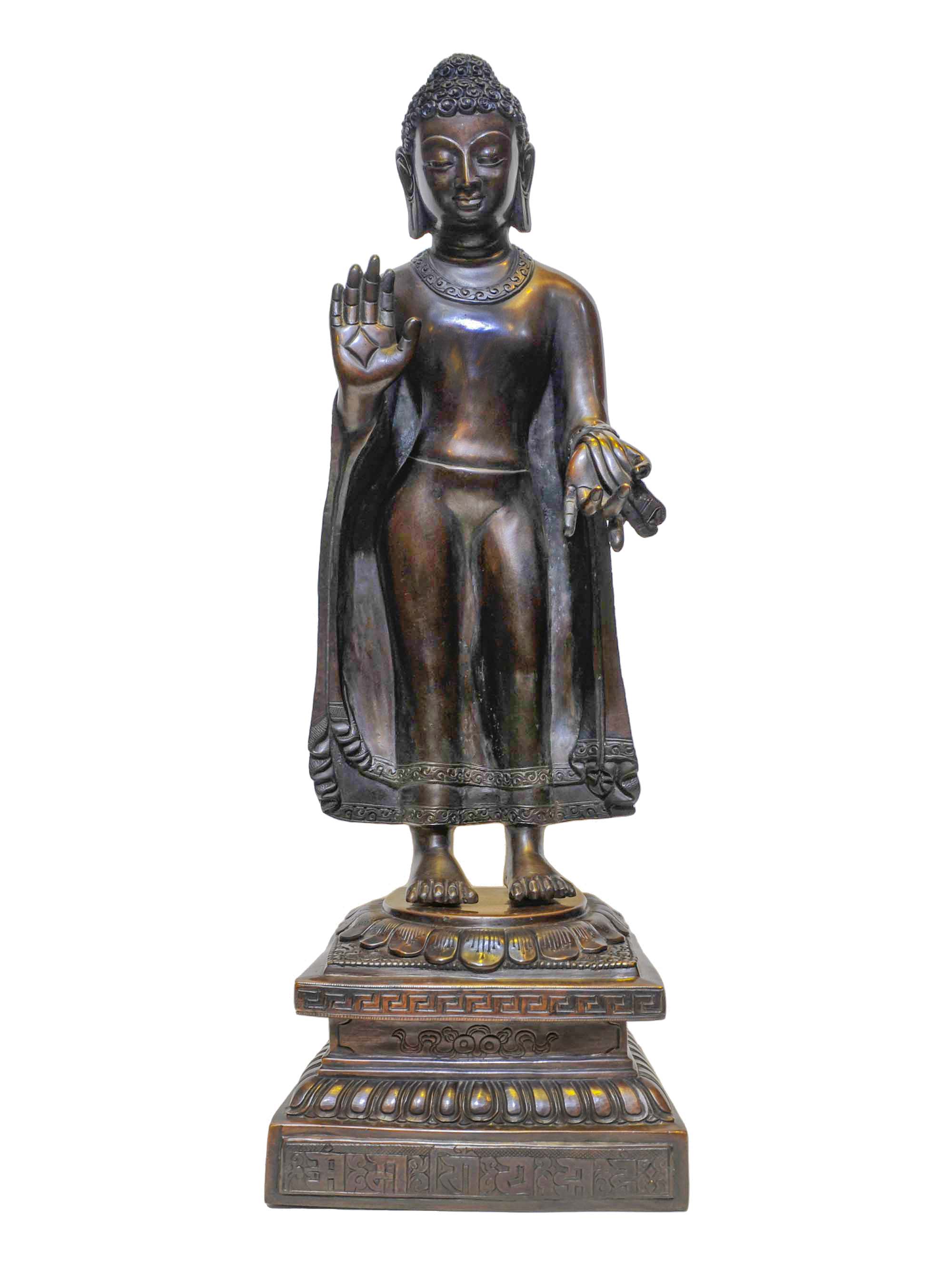 of
of  of
of  of Shakyamuni Buddha
of Shakyamuni Buddha 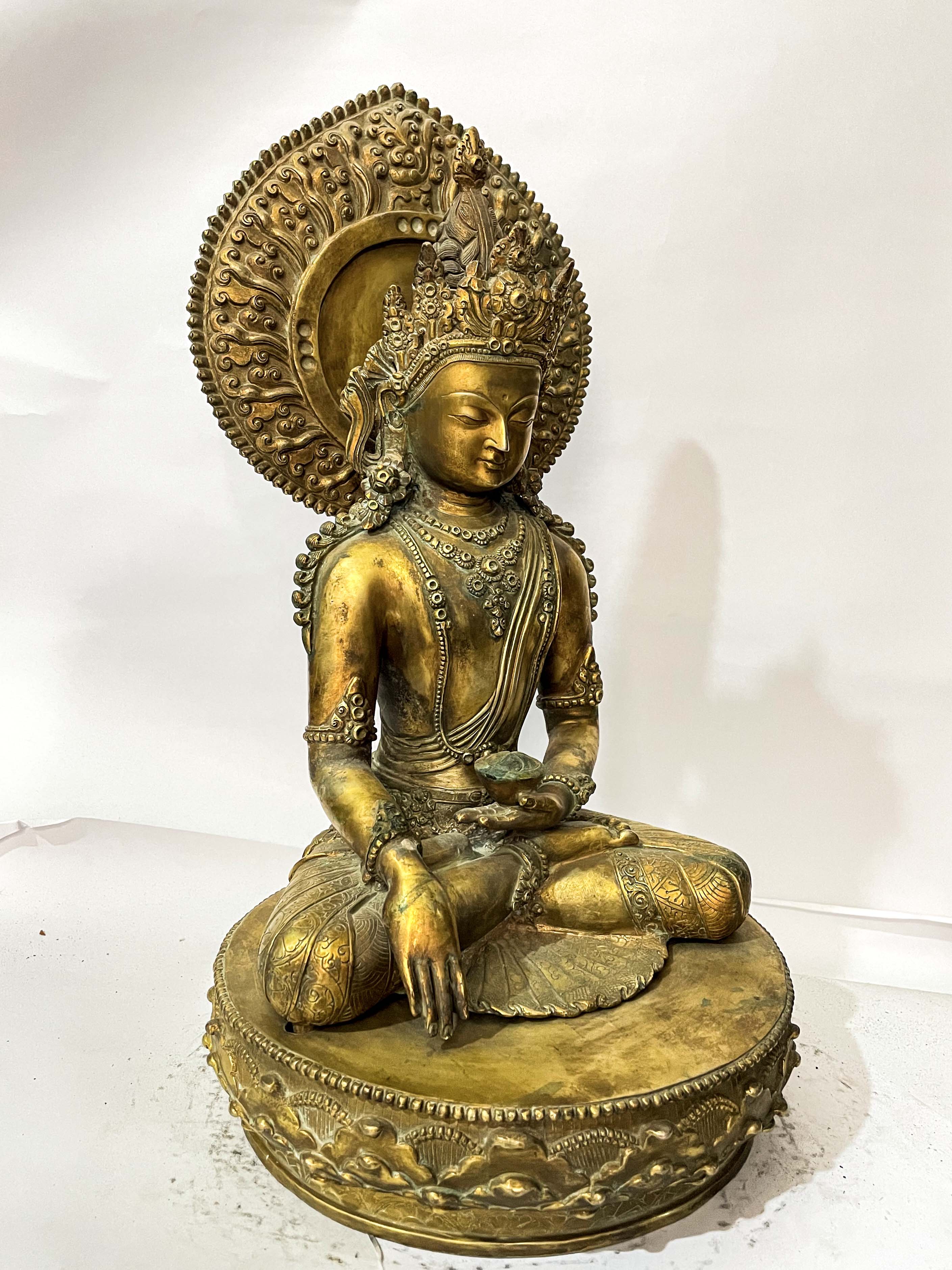 of Shakyamuni Buddha
of Shakyamuni Buddha  of Maitreya Buddha,
of Maitreya Buddha, 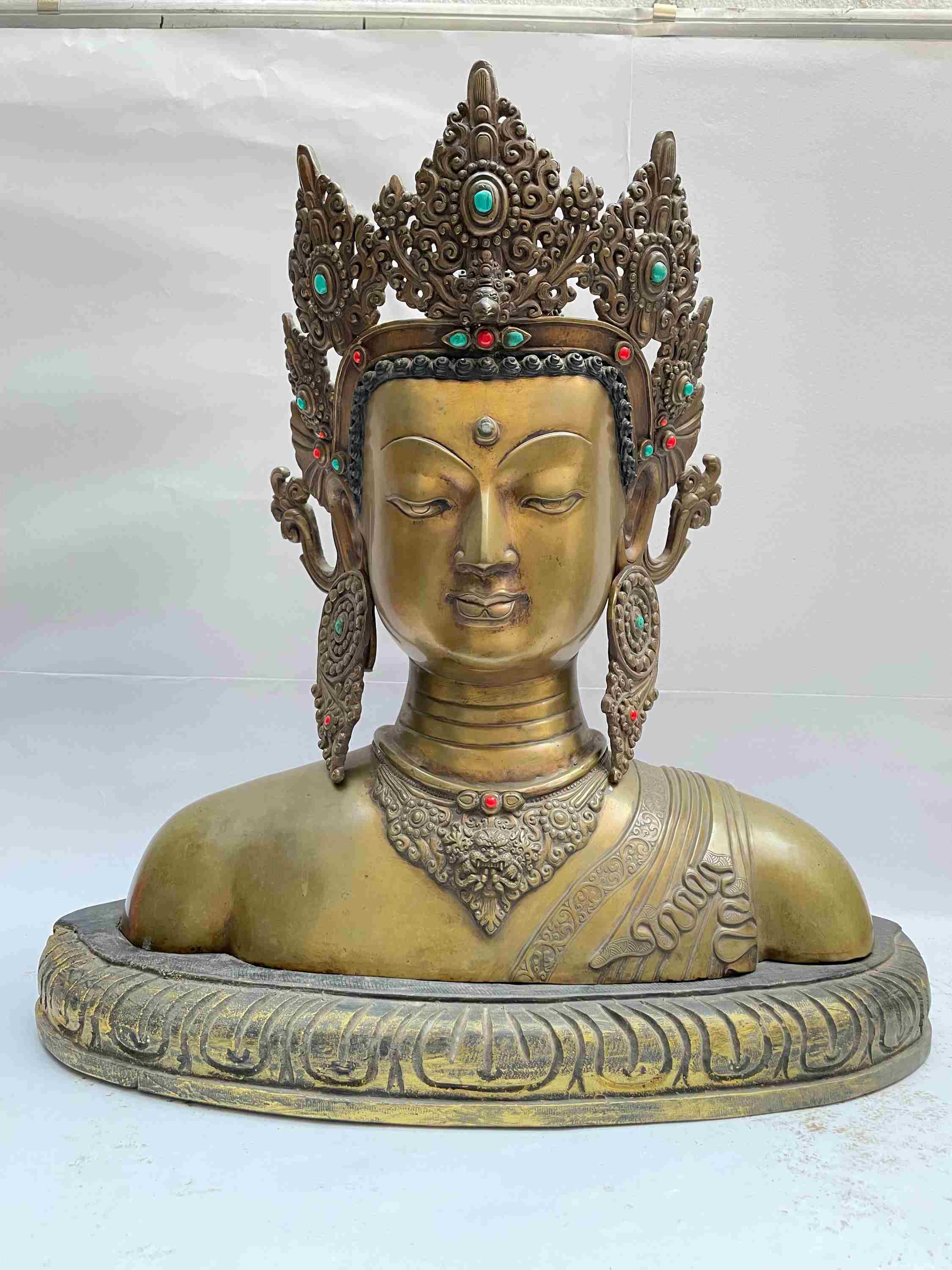 of Maitreya Buddha,
of Maitreya Buddha,  of Vajradhara,
of Vajradhara,  of Vajradhara,
of Vajradhara,  Shakyamuni Buddha, Buddhist Handmade Statue,
Shakyamuni Buddha, Buddhist Handmade Statue, 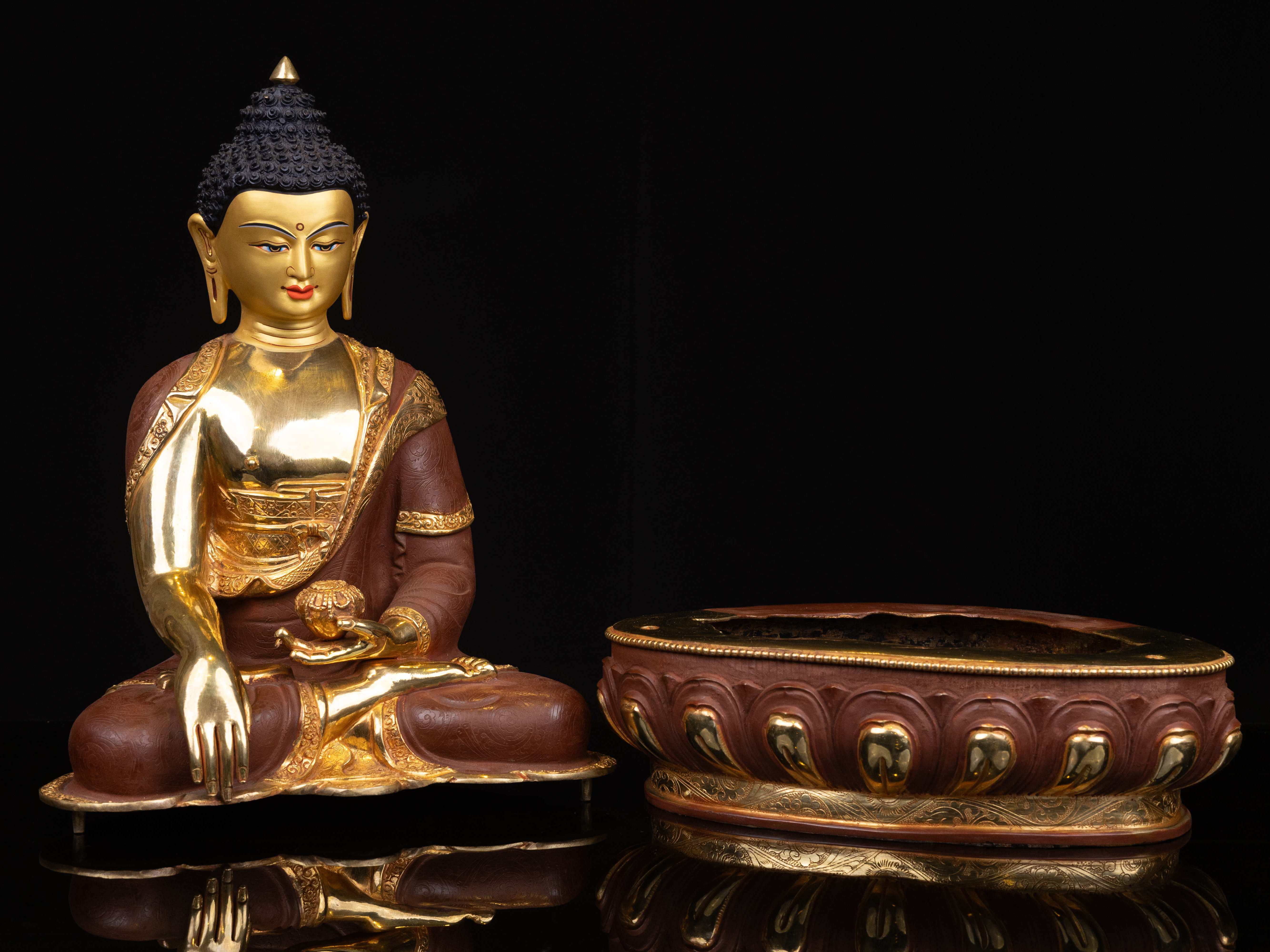 Shakyamuni Buddha, Buddhist Handmade Statue,
Shakyamuni Buddha, Buddhist Handmade Statue,  Master Quality Statue
Master Quality Statue  Master Quality Statue
Master Quality Statue  of Aparimita, Amitayus,
of Aparimita, Amitayus,  of Aparimita, Amitayus,
of Aparimita, Amitayus,